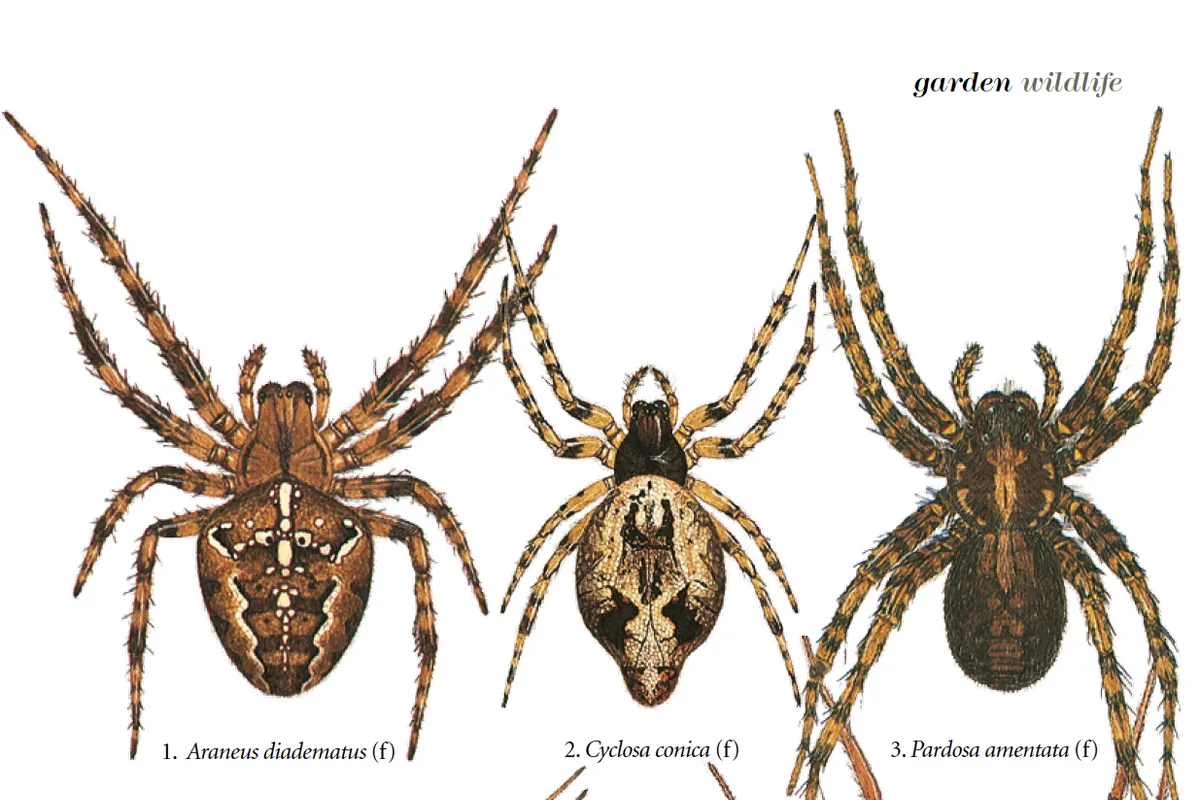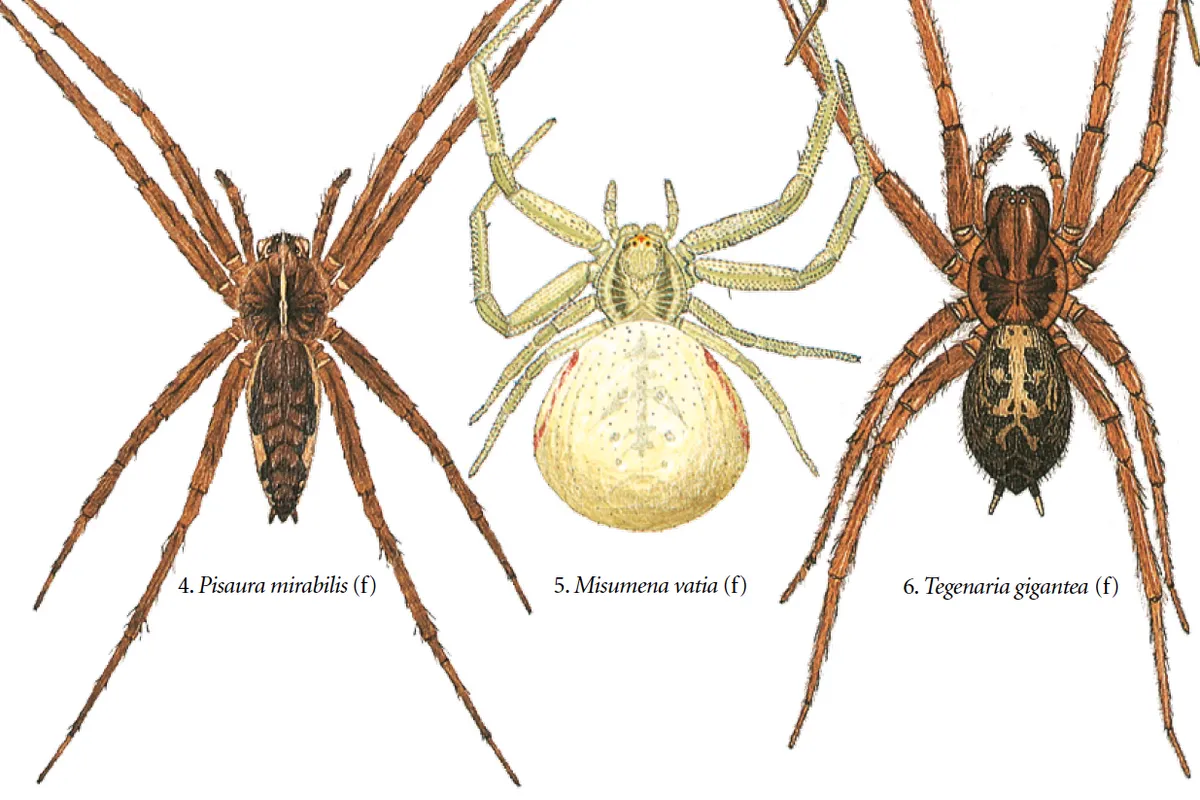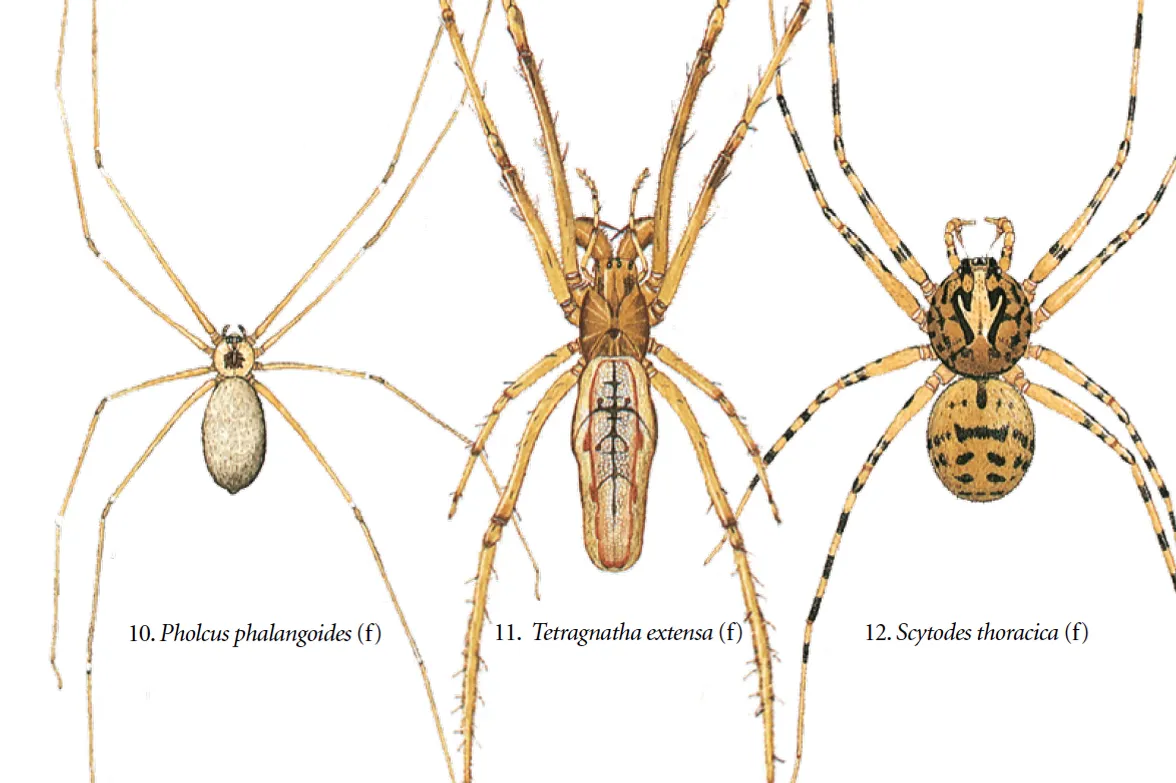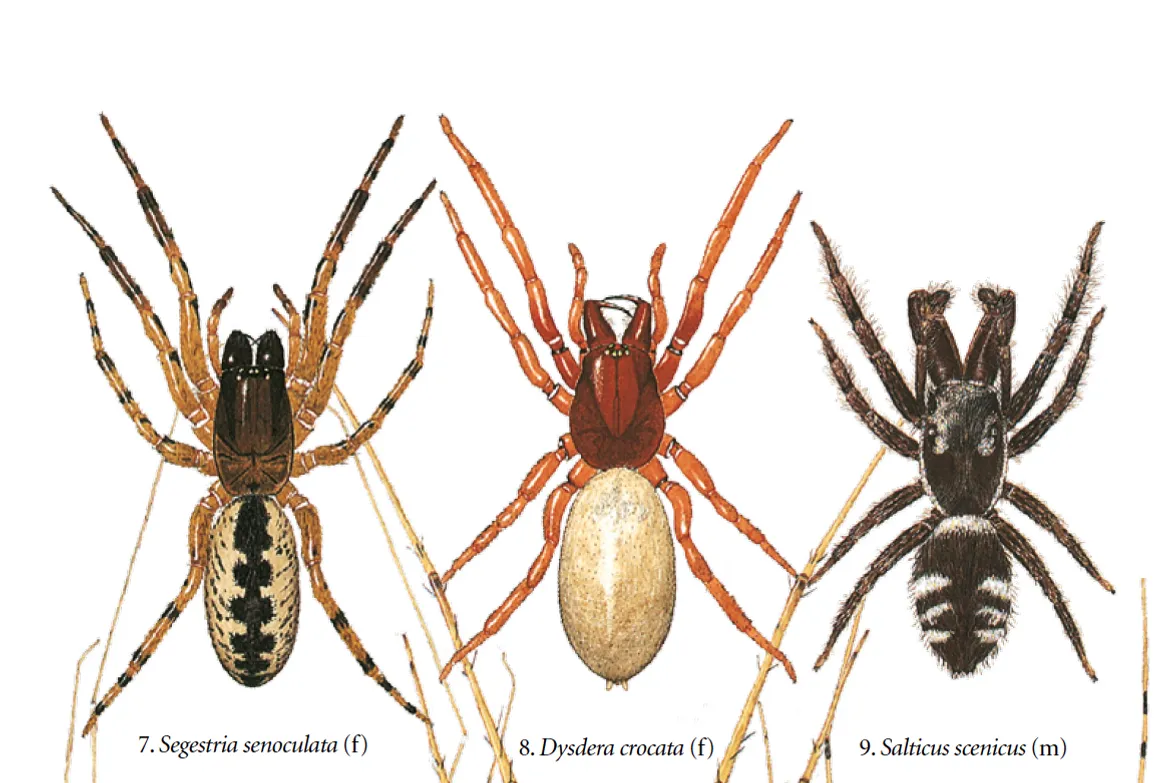Autumn is the season to fully appreciate spiders. Although many reached full maturity in late summer, it is on a dewy October or November morning that their delicate webs, laden with moisture droplets, are shown off to best effect.
Spiders in the garden
When do most spiders emerge in the garden?
The spiders will have hatched in April or May, but with a body only 1-2mm long, most are easily overlooked. In the first weeks there is much cannibalism, but as they grow and disperse they avoid each other until it is time to mate. Adult male spiders are easily distinguished by their large bulbous palps (feelers), which can look like boxing gloves. Female palps are simple and slender.
Unfortunately a fear of spiders is deep-seated in many people. All spiders use venom to subdue their prey, but no British spider is dangerous to humans and only a handful have fangs big enough to puncture tough human skin.
Silky webs
An average orb web uses about 20m of silk joined at more than 1,000 junctions as a closely woven spiral is laid down on a splay of radiating spokes. Silk is an astonishing substance; secreted as a liquid from tiny pores at the spider’s tail, it hardens instantly on contact with air into a light flexible strand of immense strength. Even a large web can weigh as little as half a milligram, yet support a spider 4,000 times as heavy. Silk is also used to bind the prey, to wrap the spider’s eggs, as a trip wire, and for a safety abseiling line to escape in an emergency.
Common garden spiders
Well over 600 different spider species have been recorded in the British Isles and they use many different techniques to catch their food. Here is a small sample of these fascinating creatures.




A gardener's guide to spiders
Spiders are predators of insects and other small invertebrates – probably only birds eat more. A typical spider’s diet will includes flies, bugs, leaf-hoppers and beetles. A healthy spider population will help reduce pest insects and should be welcome in any garden. Spiders obviously make no distinction between pests and helpful insects like hoverflies and bees, but they help maintain a natural balance wherever they are.
Spiders need little encouragement to take up residence in the garden, but can be easily helped along. Here are some dos and don'ts:
- Avoid breaking webs – silk is a metabolically expensive product.
- Avoid spraying your garden with pesticides. This will cause the insect population to crash and rob spiders of their natural food source.
- Handle spiders carefully. To move an inconvenient specimen scoop it up in cupped hands, not pinched fingers, or in a small pot, and tip it on to plants.
- Spiders found indoors can be released into sheds or greenhouses.
- Leave any pale silk igloos against the window frame or compost bin – these are the spiders’ egg bundles. And if you are going to spray, check for spiders first.
- Don’t over-tidy your garden for winter. Leave seedheads in place as these make useful places for spiders to hole up during the cold weather.
- Keep a variety of habitats suitable for different kinds of spiders, such as a log pile, an area of leaf litter and a stack of bricks or rubble.
There's also lot of advice on how to garden with nature in mind at Wild About Gardens
The Collins Field Guide - Spiders of Britain & Northern Europe by Michael J Roberts as a good identification guide.